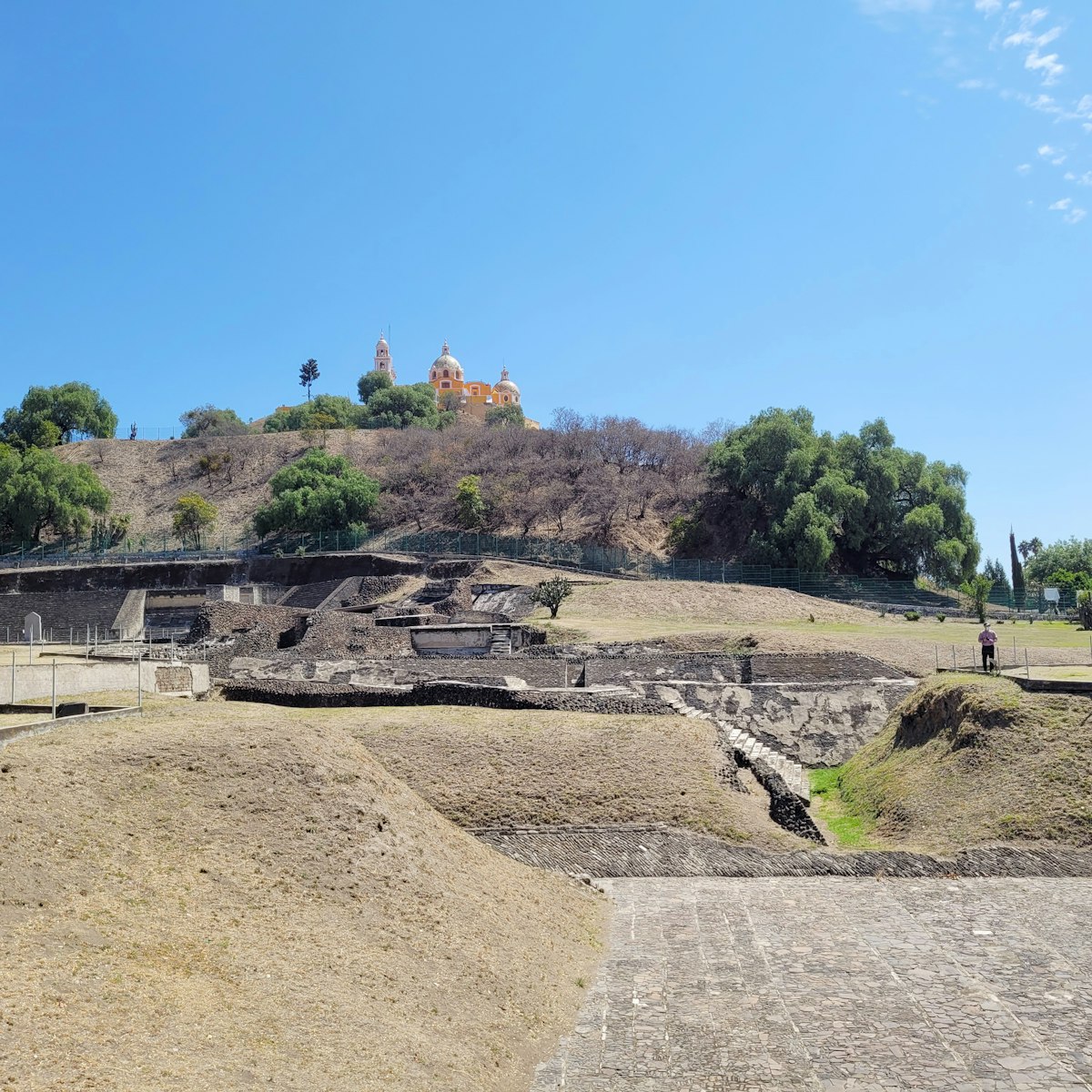
Cholula
Located two blocks to the southeast of Cholula’s central plaza, the Pirámide Tepanapa looks more like a hill than a pyramid and has a domed church on top…

Cholula
Located two blocks to the southeast of Cholula’s central plaza, the Pirámide Tepanapa looks more like a hill than a pyramid and has a domed church on top…

Cholula
The incredible Pirámide Tepanapa looks more like a hill than a pyramid, but it's still the town's big draw, and with miles of tunnels veining the inside…
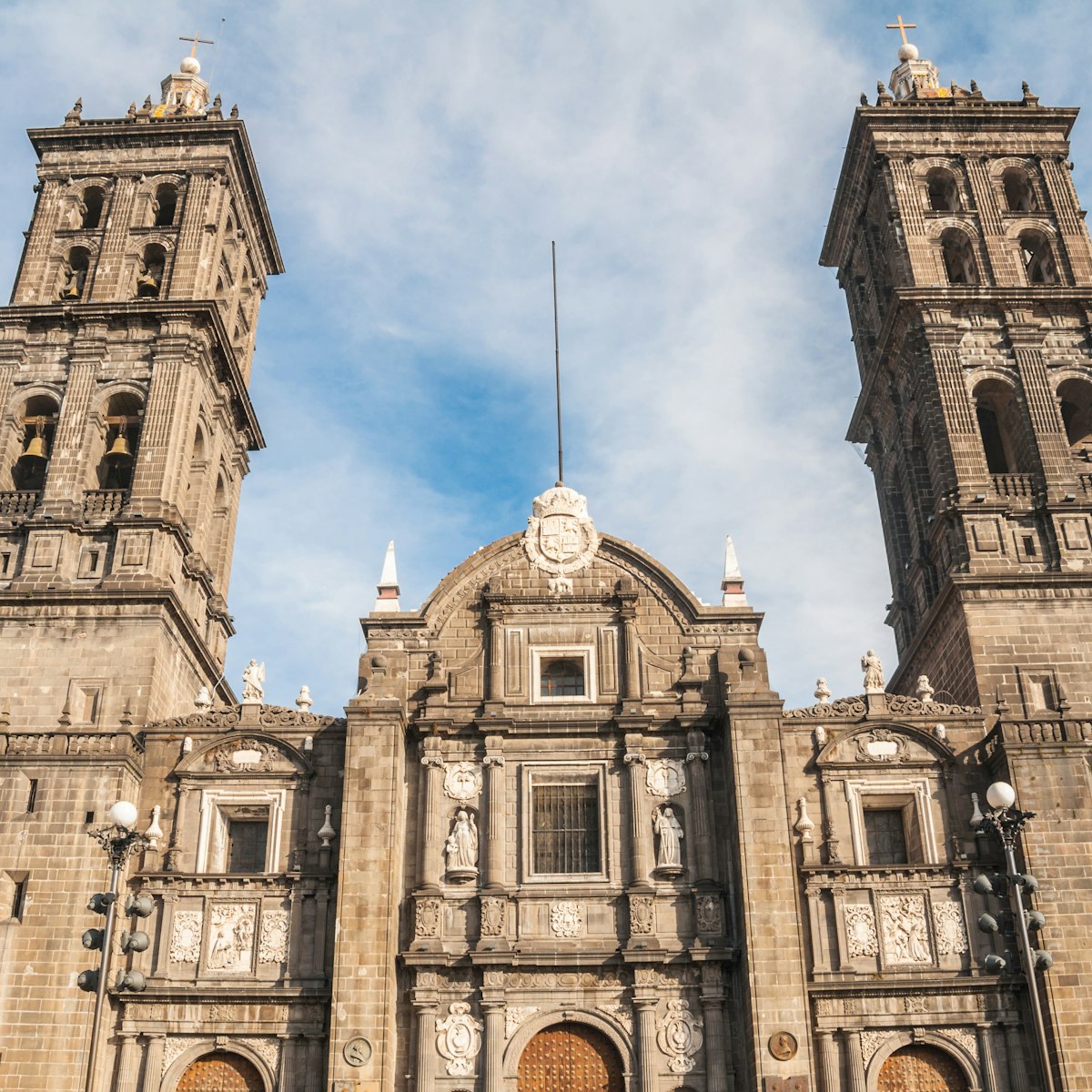
Puebla
Puebla’s impressive cathedral, which appeared on Mexico’s M$500 bill until 2019, occupies the entire block south of the zócalo. Its architecture is a…
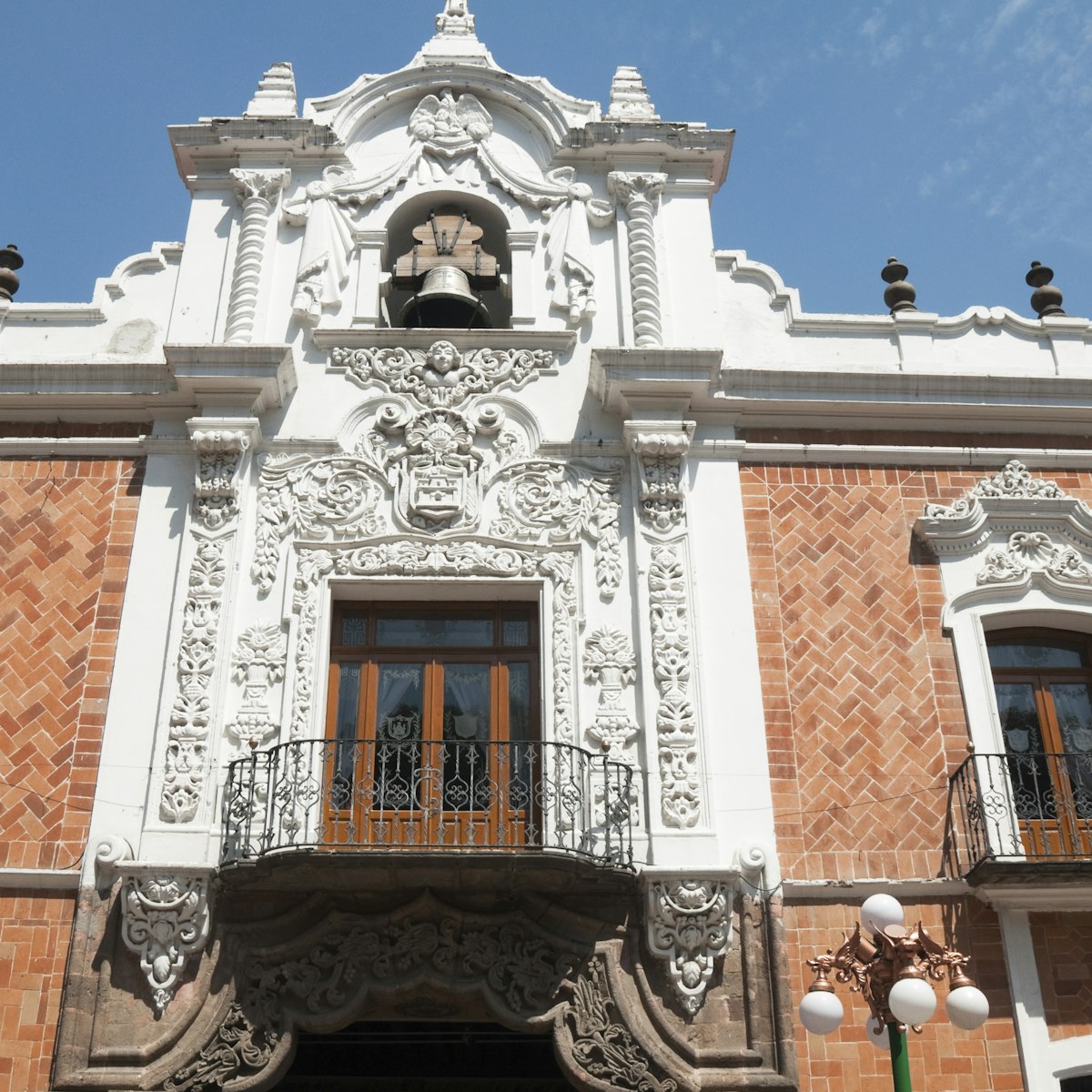
East of Mexico City
Inside the Palacio de Gobierno there are color-rich murals of Tlaxcala's history by Desiderio Hernández Xochitiotzin. His style is vividly realistic and…

Museo Internacional del Barroco
Puebla
This monumental white, architecturally spectacular museum is dedicated to the showy baroque movement – art, fashion, music and literature. The museum,…

Puebla
This superb private museum, housed in two linked 16th- and 17th-century colonial buildings, is loaded with pre-Hispanic artifacts, yet the interior design…

East of Mexico City
This fantastic small contemporary-art museum houses an excellent cache of early Frida Kahlo paintings that were returned to the museum after several years…

Santuario de la Virgen de Ocotlán
East of Mexico City
One of Mexico’s most spectacular churches is an important pilgrimage site for those who believe the Virgin appeared here in 1541 – her image stands on the…

Santuario de Nuestra Señora de los Remedios
Cholula
The Pirámide Tepanapa is topped by the brightly decorated Santuario de Nuestra Señora de los Remedios. It's a classic symbol of conquest, but possibly an…

Cholula
The Arabic-style Capilla Real has 49 domes and dates from 1540. The mosque-inspired design makes the yellow church unique to Mexico and creates a…

East of Mexico City
The national puppet museum displays dolls and marionettes from all around the world in a fantastic renovated building on the zócalo. It’s a fun stop for…
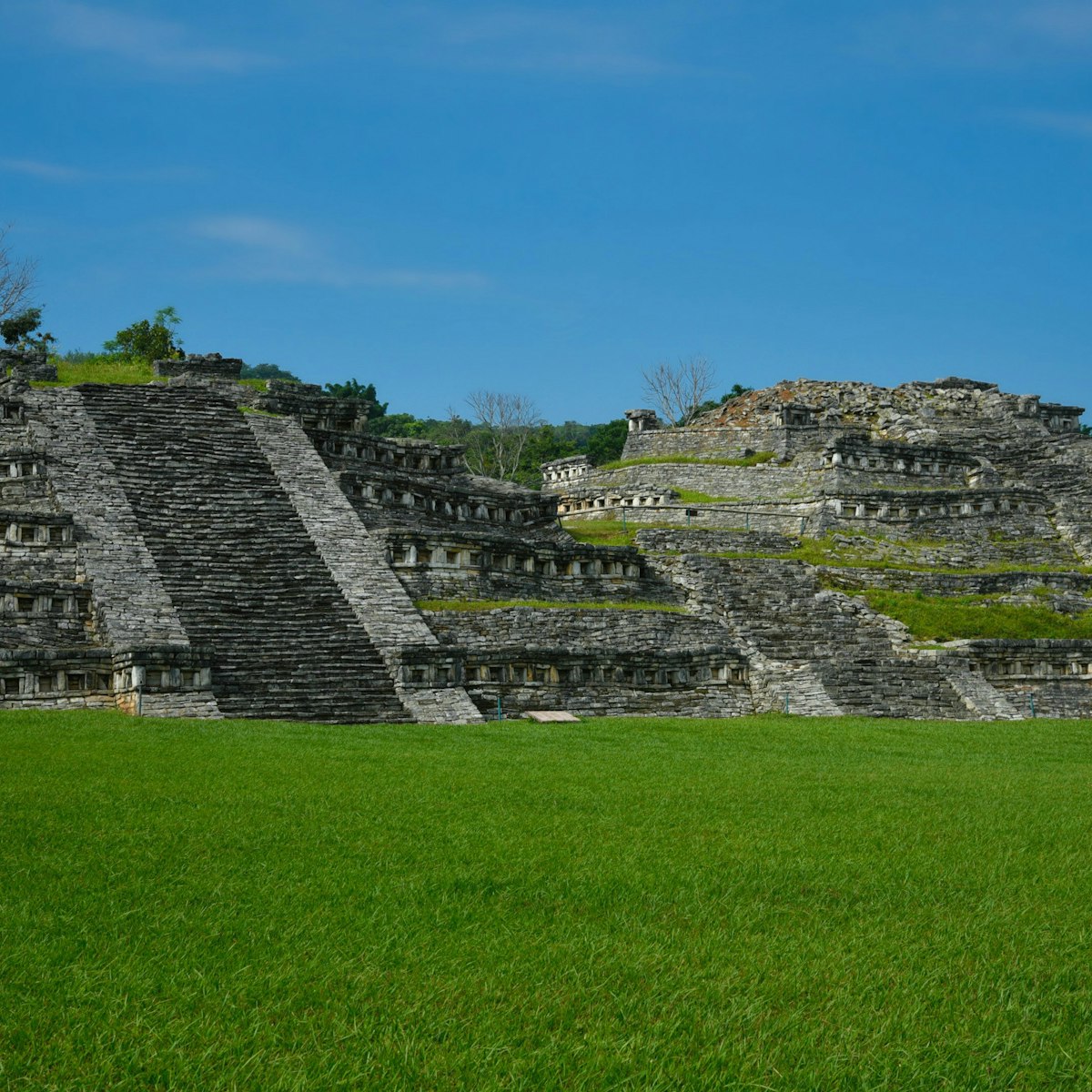
East of Mexico City
This ceremonial pre-Hispanic site inhabited by Los Totonacas has niche 'pyramids' similar to El Tajín’s (Veracruz) that are in varying states of ruin. The…

East of Mexico City
A branch of the museum that holds interesting temporary exhibits and a good permanent collection of contemporary Mexican art.

Cholula
The large murals at Cacaxtla are intriguingly on display among the ruins rather than in a museum. They evoke a real sense of history where it happened and…

East of Mexico City
Given its isolation from any town of significance, the vast and incredibly well-preserved Mesoamerican city of Cantona is virtually unknown to travelers…

East of Mexico City
The long, sweeping slopes of this dormant 4460m volcano, named after Cortés’ now much-maligned indigenous interpreter and lover, dominate the skyline…
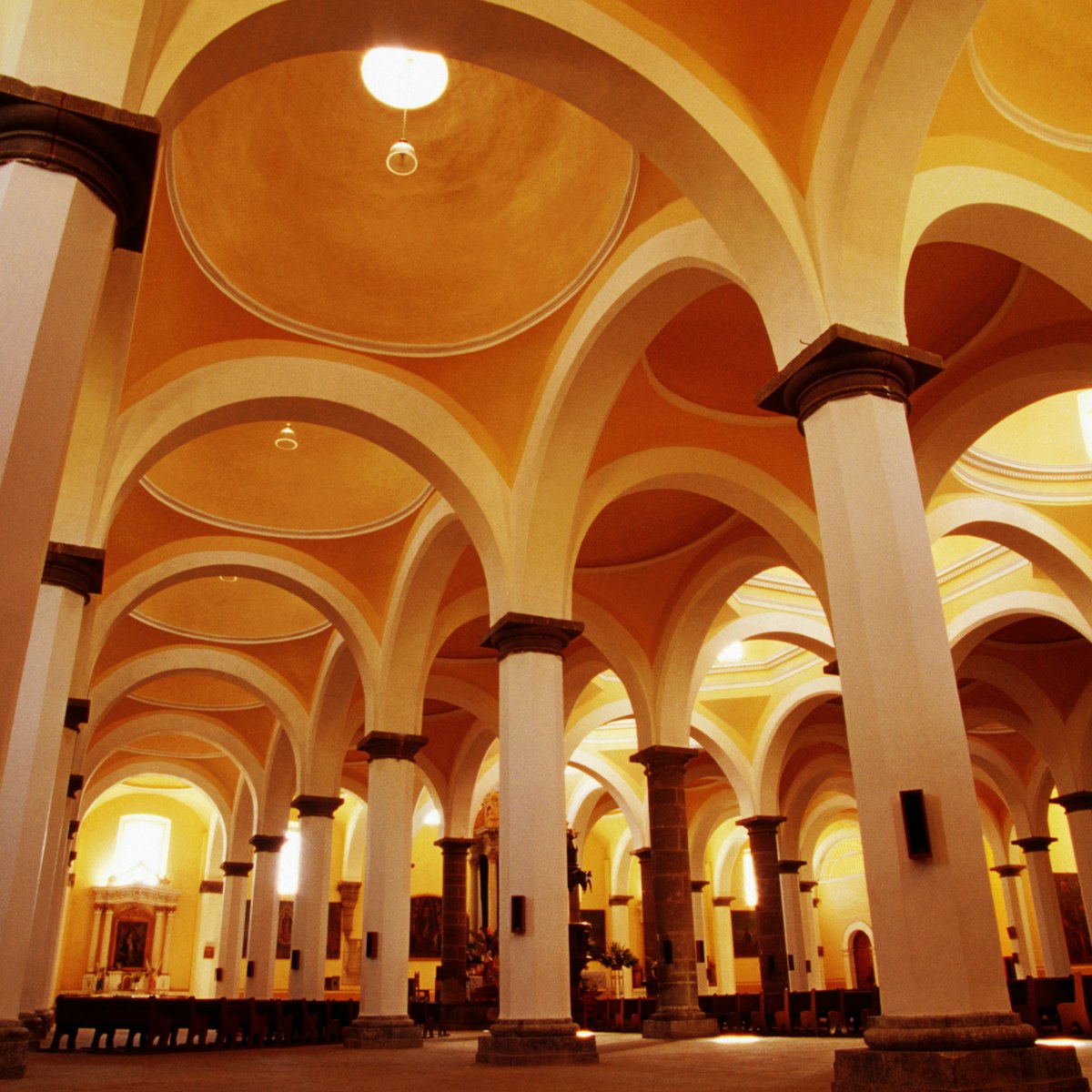
Cholula
The Ex-Convento de San Gabriel (also known as Plaza de la Concordia), facing the east side of Cholula's huge zócalo, includes a tiny but interesting…

East of Mexico City
It’s easy to pass an afternoon reading or just people-watching in Tlaxcala’s shady, spacious zócalo. The 16th-century Palacio Municipal, a former grain…

Ex-Convento Franciscano de la Asunción
East of Mexico City
Built between 1537 and 1540, this was one of Mexico’s earliest monasteries and its church – the city’s cathedral – has a beautiful Moorish-style wooden…

East of Mexico City
A small but delightful botanical garden in a mountain forest with fine views 4km northeast of central Cuetzalan. Admission includes a Spanish-speaking…

Puebla
This Jesuit church with a 1767 Churrigueresque facade is also called Espíritu Santo. Beneath the altar is a tomb said to be that of a 17th-century South…

Puebla
This renovated colonial house is an outstanding example of the over-the-top 18th-century decorative style alfeñique, characterized by elaborate stucco…

Puebla
Occupying the entire block facing the south side of the cathedral, the former bishop’s palace is a classic 17th-century brick-and-tile edifice that now…

Puebla
Situated above the Casa de la Cultura and founded in 1646, Biblioteca Palafoxiana was the first public library in the Americas. For this, Palafoxiana has…

Puebla
This fine Dominican church features a stunning Capilla del Rosario (Rosary Chapel), south of the main altar, which is the main reason to come here. Built…

Cholula
Ringed by platforms and unique diagonal stairways, this plaza was the main approach to Cholula's pyramid. Three large stone slabs on its east, north and…

East of Mexico City
A modern, well-organized onsite museum displaying 598 pre-Hispanic objects from the inhabitants of Cantona, with a large showcase of volcanic obsidian,…

East of Mexico City
Off the northwest corner of the zócalo is the orange-stucco and blue-tile Parroquia de San José, ringed with fountains. As elsewhere in the centro…

Puebla
This excellent railway museum with activities for kids is housed in Puebla’s former train station and the spacious grounds surrounding it. There are…

Cholula
This excellent museum is housed in a fantastically restored colonial building on the zócalo. The small collection includes ceramics and jewelry from the…

Puebla
Puebla’s central plaza was originally a marketplace where bullfights, theater and hangings occurred, before assuming its current arboretum-like appearance…

Cascada Las Brisas & Cascada del Salto
East of Mexico City
About 5km southeast of town, there’s a pair of lovely waterfalls. The shallow natural swimming pools beneath the falls are cold but enticing – bring your…

Casa de la Cultura de Cuetzalan
East of Mexico City
This small museum alongside the tourist office exhibits traditional daily dress of the region, arts and crafts, and some archaeological pieces from nearby…

Puebla
Opened in 1999 as Museo Poblano de Arte Virreinal, this top-notch museum is now named after the 16th-century Hospital de San Pedro in which it is housed…

Cholula
This small, well-maintained museum, across the road from the Pirámide Tepanapa ticket office and down some steps, provides the best introduction to the…

Cholula
This distinctively yellow baroque church has the tallest tower in Cholula and has become an often photographed icon of the city, at least at ground level…

East of Mexico City
This modern history museum looks at folklore through a multimedia lens and has well-presented exhibits on indigenous government, agriculture and…

East of Mexico City
The handicrafts at this museum and store are collected from the Tlaxcala and Puebla region and focus on quality. Pieces include clay pottery and hand…

Cholula
About 2km from Cacaxtla, the much older ruins at Xochitécatl include a wide pyramid dedicated to a fertility god, and a circular pyramid. Because of its…

Puebla
The north doorway of this church is a good example of 16th-century plateresque; the tower and fine brick-and-tile facade were added in the 18th century…